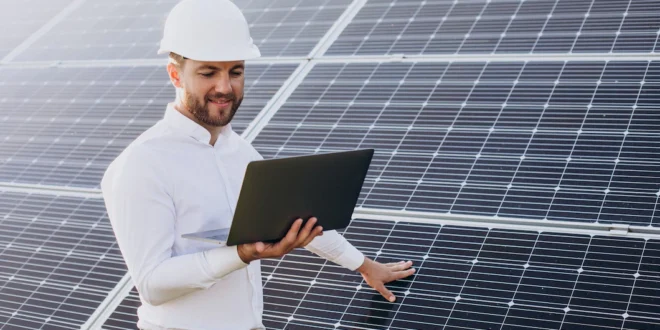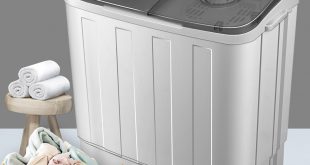Most of us know about solar energy and have seen homes with panels on the roof, but do you actually know what the key components of a solar panel system are? Do you know how these systems work and how they can benefit the home? If you are curious about solar panels and what they could do for you, read on to find out a little more.
What are the Key Elements of a Solar Panel System?
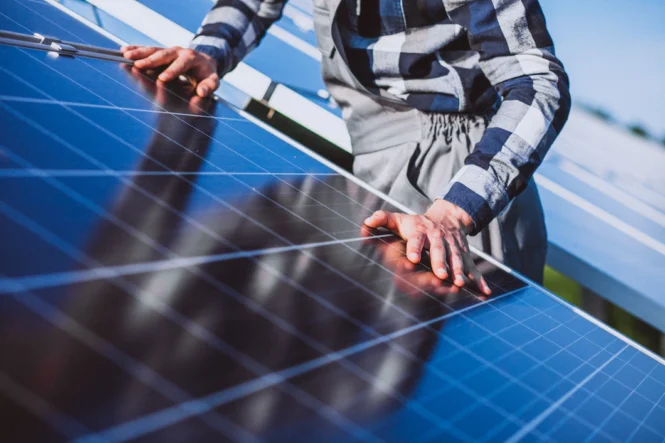
According to solar energy company Vivint Solar, a solar panels system is made up of at least five main elements: the Sun, solar photovoltaic panels, an inverter, electrical panel, and the electricity grid. In some systems there will also be a solar battery for storage of excess electricity and a battery charge controller that controls the amount of electricity sent to the battery to ensure it never overcharges.
How Do Solar Panel Systems Work?
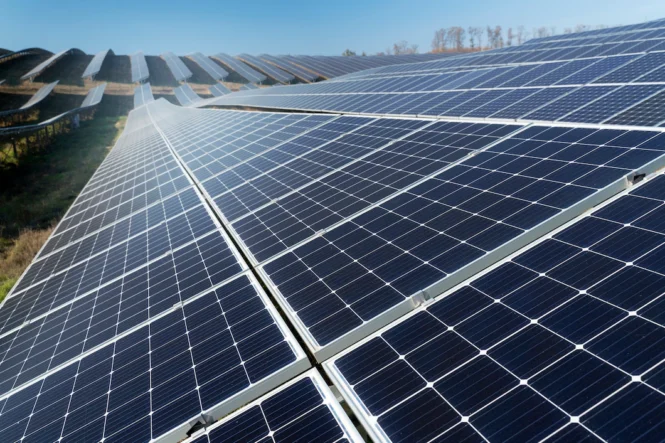
Solar panel systems are typically installed on the roof of a home, but sometimes they can be installed at ground level if this is a more appropriate location. The panels are positioned in a way that will ensure they get the most exposure to the Sun. Panels are made up of photovoltaic cells that are wired together inside a metal frame with a glass casing.
The light from the sun interacts with the cells and causes electrons to move, which in turns causes a flow of energy. This direct current (DC) energy passes through the inverter and is converted to alternating current (AC), which is usable energy for the home. The AC energy passes through the electrical panel in the home and is used to power our electrical devices. Any electricity generated that does not get used within the home will be sent back to the electric grid or stored in a battery for later use.
Utility companies will usually pay homeowners for any electricity that they send back to the grid. This sounds great, doesn’t it? But you should be aware that the amount you are paid for this electricity will be far less than the amount you will then be charged for electricity that you draw when your panels are not generating power (at night) or are generating power at a lower capacity (cloudy days). This is why it is better to have a battery storage system so that you can store the excess electricity to use yourself. It reduces your dependence on the grid and helps you to save money on energy bills.
Should You Install a Solar Panel System?
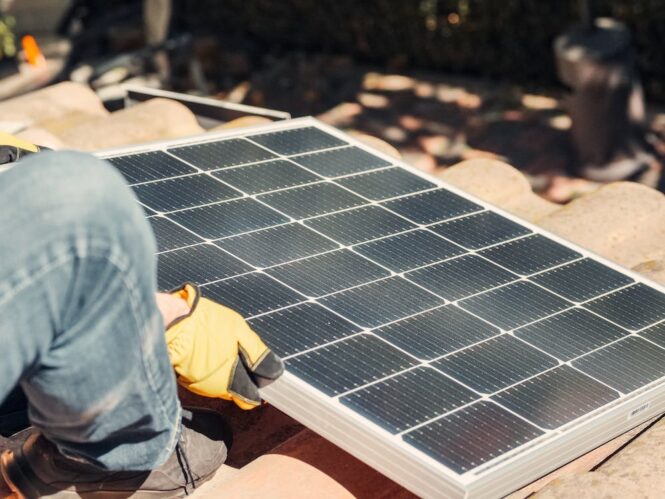
There are many benefits to having a solar panel system, including the fact that you can save on your energy bills while using a clean, renewable source of energy. What’s not to like about that?
Nevertheless, before you rush out to order a system for your home, there are a few things to consider. Making sure that such a system is suitable is important before jumping on the bandwagon.
For example, you need to make sure that you have enough space to accommodate a solar panel array. Working out how much energy your home uses on a monthly/yearly basis will allow you to figure out the size of solar panel system that you need.
The U.S. Energy Information Administration says that the average annual electricity consumption for U.S. homes in 2020 was 10,715kWh (kilowatt hours). Bear in mind however that your home may use more or less than this amount. The best way to check is by examining your energy bill to see the average quarterly usage and multiplying that by four. Or alternatively, ask your energy supplier what your usage was for the previous year. They should be able to send you a statement.
Let’s say your home is using the average amount of electricity per year. That equates to just under 30kWh per day. When you consider that you are likely to get around five hours of sunlight per day on average, you will need your panels to be supplyingsix kilowatts of electricity per hour to power your home for the day.
The average panel will produce around 250 watts of power per day, meaning you will need four panels to give you 1kilowatt of power. But remember, you need six kilowatts per day, which means you will need twenty-four solar panels on your roof.
You will need to work out the measurements of the panels in question as well as the size of your roof to determine if you have enough space to accommodate a solar panel system of this size. Solar panels cannot be placed at the edge of the roof as you need a solar panel setback. The size of this setback varies depending on the state you live in, but it is required to ensure there is a pathway around the panels for emergency responders.
Even if you have the required space for a solar panel system, you will need to make sure that conditions are favorable. The direction in which you roof faces will be a determining factor in whether a solar panel system is recommended. Unshaded roofs facing the sun are ideal for solar energy. If there are buildings or trees nearby that are shading all or part of your roof, a solar panel system would not be as efficient.
It is best to speak to an experienced installer about your roof space to decidewhether solar panels are right for you. They can also recommend the type of system that would be best as well as the number of panels that would provide you with sufficient electricity to power your home.
Conclusion
Solar panels systems are a terrific way to utilize the Sun’s energy to power the home. They can save you money on your energy bills and help to reduce your carbon footprint. A good solar company can provide you with the information you need to figure outwhether solar panels are right for your home. In addition to the direction your roof faces, you need to make sure you have the space to accommodate the size of system you require.
 Imagup General Magazine 2024
Imagup General Magazine 2024
